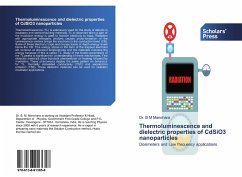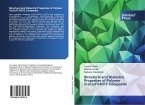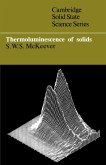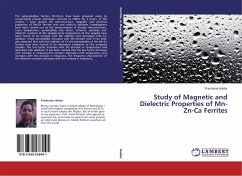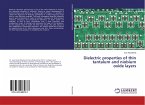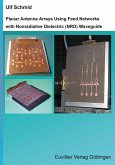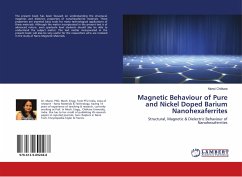Thermoluminescence (TL) is extensively used for the study of defects in insulators and semiconducting materials. TL is observed when a part of the irradiation energy is used to transfer electrons to traps. Radiation with appropriate energetic photons causes photo-ionization of the luminescence centers brings the electrons to the conduction band (CB). Some of these electrons traps and occupy levels at depth energy levels below the CB. This energy stores in the form of the trapped electrons will comeout at eleviated temperatures and the materials releases the energy because of this is called TL. Study of the kinetic parameters of the TL peaks is significant for understanding of these mechanisms. Few dielectric materials show transient phenomenon on heating followed by irradiation. These phenomena display the same pattern on behaviour for TL, thermally stimulated conductivity (TSC) and exoelectron emission (TSE). These dielectric materials can be used for radiation dosimeter applications.
Bitte wählen Sie Ihr Anliegen aus.
Rechnungen
Retourenschein anfordern
Bestellstatus
Storno

